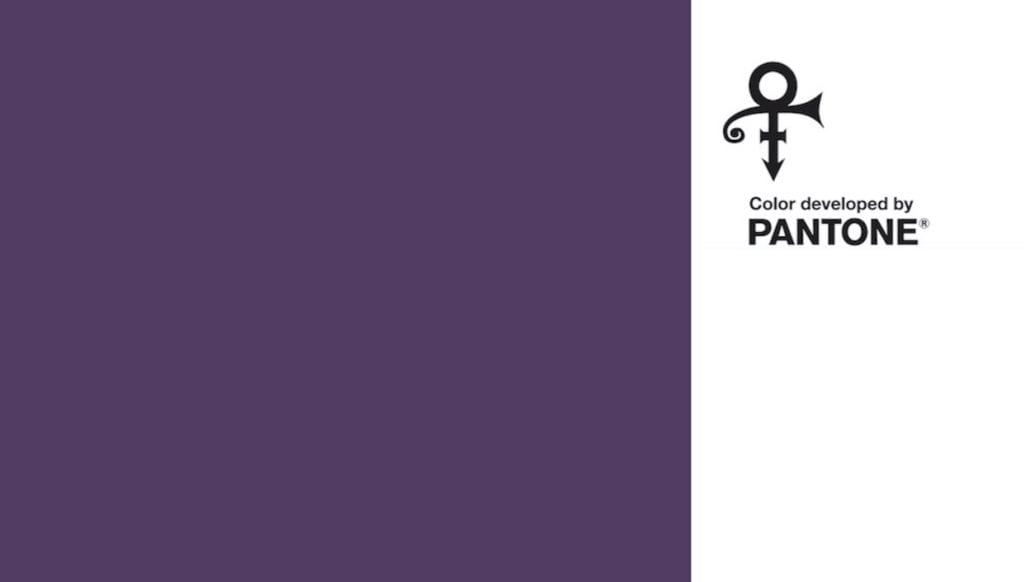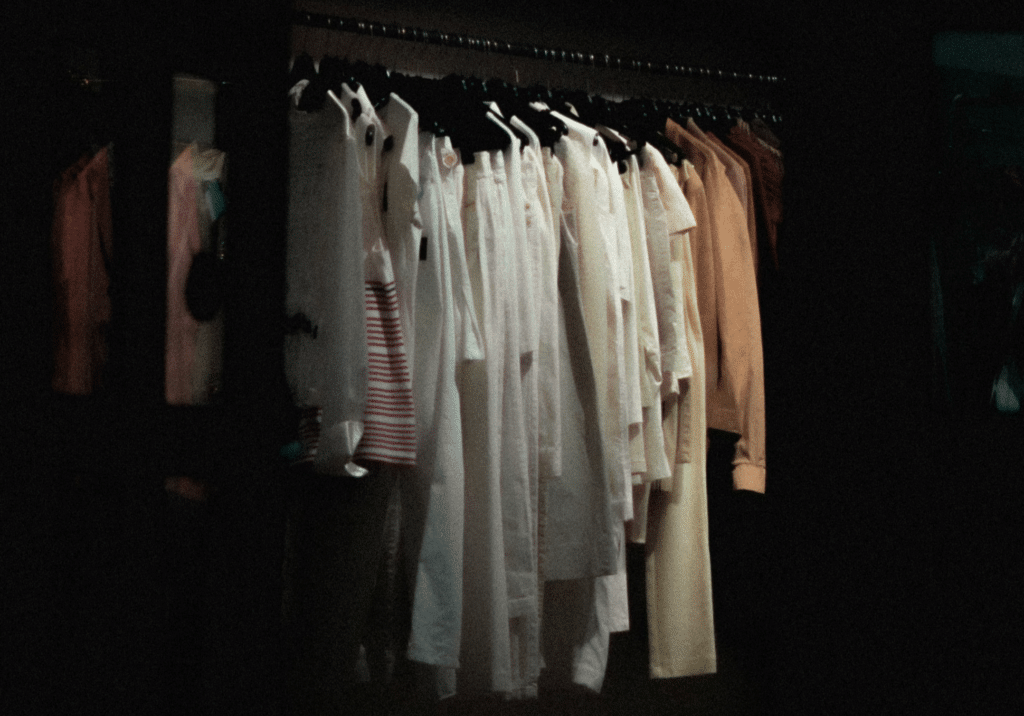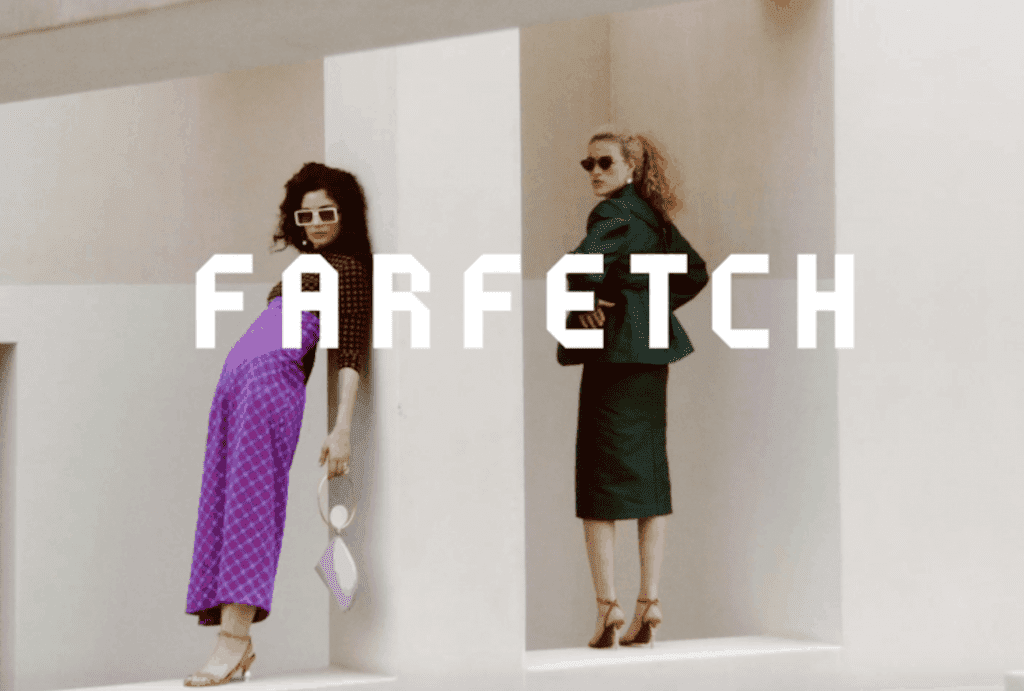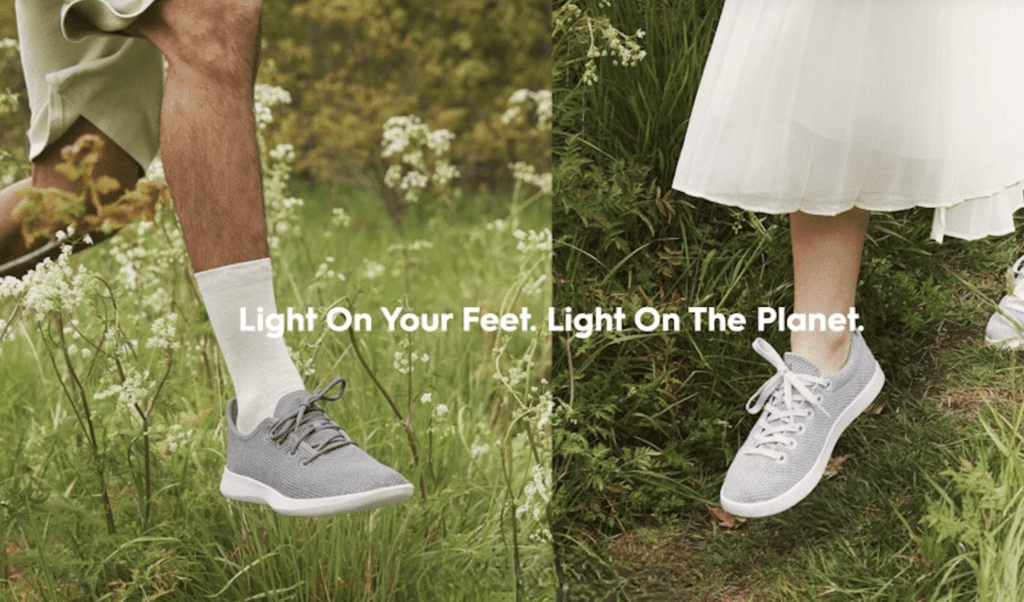For an artist that was tied pretty significantly to one color in particular – purple – for a large chunk of his career, Prince’s estate is having a bit of a tough time convincing the U.S. Patent and Trademark Office (“USPTO”) to register the mark. In its latest correspondence, the USPTO pushed back against Paisley Park’s application for registration of Prince’s particular purple hue – Pantone’s Love Symbol #2 – for use in connection with “musical sound and video recordings” and “entertainment services,” including live performances and museum services, for the second time.
According to the USPTO’s June 5 letter to Paisley Park Enterprises, Inc. – which, along with his estate, exists as the holding company for his arsenal of intellectual property rights, the trademark body took issue with the fact that Paisley Park has failed to “state how the color is applied to all the items and services” for which it is claiming rights. That is problematic since many of these uses will be different, per the USPTO, and as a result, the late musician’s company is essentially attempting to protect an array of individual trademarks by way of one application – which is not allowed.
For instance, the USPTO asserts that “it is unclear whether the packaging [for musical sound recordings, audio and video files, and motion picture films] appears completely in purple or if purple appears as a stripe down the side of an album with the remaining area in another color or if purple appears as a banner or as background on the website where the files can be downloaded.”
Similarly, the USPTO notes that when considering “entertainment services,” which Paisley Park lists as one of the classes for goods/services for which it is using the mark, the color purple might “appear on the stage during the live performances, on the lights, on the tickets, on the backstage passes, or other means,” while “the museum, recreational activities facilities, or recording studios” that are cited in the trademark application “may feature purple doors or walls or roofs.”
Since “the color purple used on ‘motion picture films featuring music and musical entertainment’ would create a different commercial impression than the color used on ‘live musical performances featuring holograms’ or ‘operating a museum and providing guided tours of the museum,’” each of these uses constitutes a single – and separate – mark, and therefore, “cannot be applied for in a single application.”
With that in mind, the USPTO’s examiner tells Paisley Park that it might be prudent to “divide the application into two separate applications,” one for each of the individual classes or goods/services that it claims in the application, i.e., “musical sound and video recordings” and “entertainment services.”
The latest rejection from the USPTO follows from an earlier preliminary rejection from the government entity tasked with overseeing the federal registrations of trademarks in the U.S.
In its initial response to Paisley Park’s trademark application for registration – which was filed in October 2018, the USPTO’s examining attorney stated that while color is, in fact, protectable by trademark law in the U.S., as long as the color at issue identifies a single source of goods and/or services in the minds of consumers, the “applied-for color mark … is not [necessarily] distinctive of [Paisley Park’s] goods and services.”
To be exact, the USPTO held that the applied-for trademark “fails to function as a trademark” in large part because consumers “will not perceive the color purple as identifying [Prince’s Paisley Park venture] as the source of the goods; rather, [they] will perceive the color as a non-source identifying feature of the goods because they are accustomed to encountering … goods or packaging for these goods offered in a variety of colors, including purple.”
The examining attorney pointed to album covers from Tame Impala, Danny Brown, Kanye West, Future, Chance the Rapper, ASAP Rocky, Cam’ron, and Justin Bieber, among others, as evidence “confirming that many sources of musical recordings such as those identified by [Paisley Park] are offered in purple album covers,” and stating that “where the use of color is common in a particular field or industry,” as the USPTO’s examining attorney suggests it is here, “customers are more accustomed to recognizing color as a product feature that may enhance the attractiveness of the goods.”
In response, Prince’s estate provided the USPTO with evidence demonstrating just how closely linked Prince and the color purple are. The whopping 400-plus page filing consisted of articles, social media posts (including tweets from NASA showing a “purple nebula in honor of Prince”), screenshots, such as one of Google’s adoption of a purple color scheme shortly after Prince’s death, and photos of purple-hued monuments, such as the Eiffel Tower, in April 2016. In addition to the hundreds of pages of evidence, counsel for Prince’s estate and Paisley Park asserted that the purple color mark has, in fact, “become distinctive of the goods/services” for which they are seeking registration.











